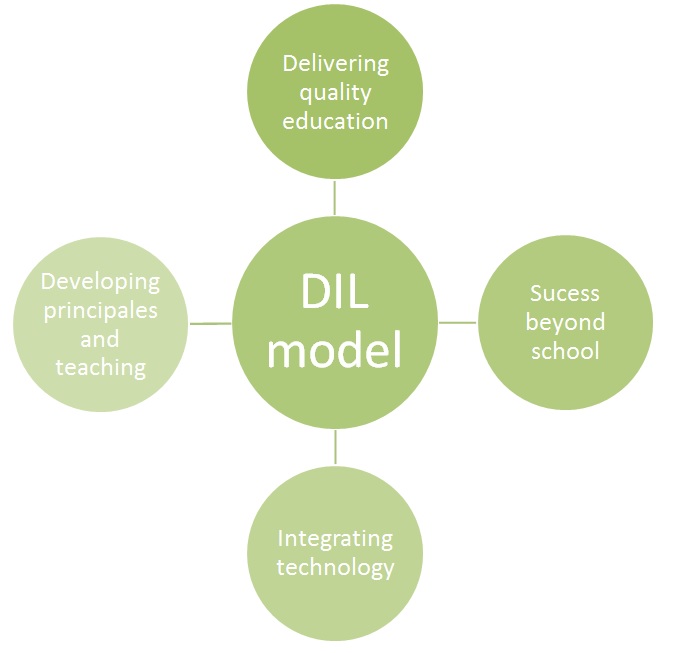
Education is a universal right for which we share a global responsibility. Pakistan has the third highest out of school population in the world with five million children failing to enroll.
Despite the increase in access to education, nearly half of Pakistani children drop out of school before the age of 16. Currently, some 25 million children or one of three have not completed primary education. Girls drop out at twice the rate of boys, lowering female literacy rates in some areas to a mere 8%. With 60% of Pakistan’s population living on less than $1 a day, a meaningful education is the only viable pathway to socio-economic empowerment. Each additional year of schooling increases an individual’s earning by 10%.
Girls who complete primary education are less likely to get married before 18 or become victims of domestic abuse, and have fewer children. Also the child of an educated mother is 50% more likely to live past the age of 5.
A DIL education gives children the knowledge, attitudes, and skills they need to build better lives for themselves, their families, and communities. DIL works through a four-pronged approach by:

DIL programs are transforming lives and changing communities. The following indicators demonstrate how DIL is promoting engagement in learning, addressing gender disparity, and leading to better academic and life outcomes.
| Indicators |
DIL |
Pakistan’s average |
| Drop-out rate |
0.57% |
41% |
| Female enrolment rate |
65% |
49% |
| Reading stories in English by Grade 4 |
44% |
0% |
| Primary school completion |
99% |
57% |
| Transition to middle school |
97% |
65% |
| Transition to high school |
88% |
14% |
| Trained teachers in the classroom |
Teachers receive 80 hours of training a year |
Teachers trained once in seven years |